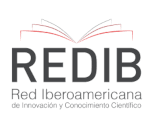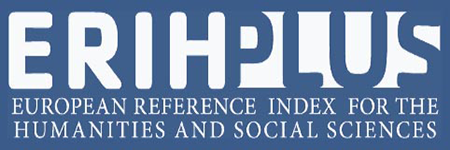No. 15 (1988): Public health policies

The Central American Institute of Public Administration (ICAP), the only regional center whose objective is to improve the public sector, began in 1987, through its Research Program, to carry out a project to study health policies. This study defined its area of research in the Central American isthmus, specifically in Guatemala, El Salvador, Honduras, Costa Rica and Panama.
Considering that health policies are complex, broad and varied, the need was perceived to delimit the project to maternal and child programs in the region, which constitute a point of interest in the strategic management of health management, because they are located in the health policy framework of each country, in terms of their insertion and organizational functioning. Likewise, their beneficiaries constitute the largest coverage and represent the most vulnerable group of the population.
The study of maternal and child programs through government policies illustrates the analysis of public policies in general.
The indicators selected in each country allow an analysis of the health situation in the last five years and make it possible to identify the main administrative problems affecting the program in question.
The problems faced by maternal and child health programs are not only aspects of the functioning of the sector, in relation to its definition, strategy, standardization and implementation of the program, and the attitudes of the personnel, but also represent the articulation with other sectors in each country, emphasizing here the impact that the adjustment to international health policy has in tactical and budgetary terms.
This volume includes a series of descriptive articles on each country in the area, written by national researchers as follows:
1. Guatemala by Dr. Warner Molina 2.
2. El Salvador by Dr. Jorge Roberto Cruz
3. Honduras by Licda. Concepción Mejía
4. Nicaragua in charge of Dr. Edgar Muñoz
5. Costa Rica in charge of Dr. Roberto Alvarado
6. Panama in charge of Mrs. Marta Gómez de Denamps.
This volume also includes a methodological description of the stage, a set of representative statistics of the study and a bibliographic base recorded in the reports of each country.









